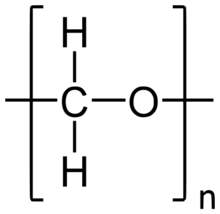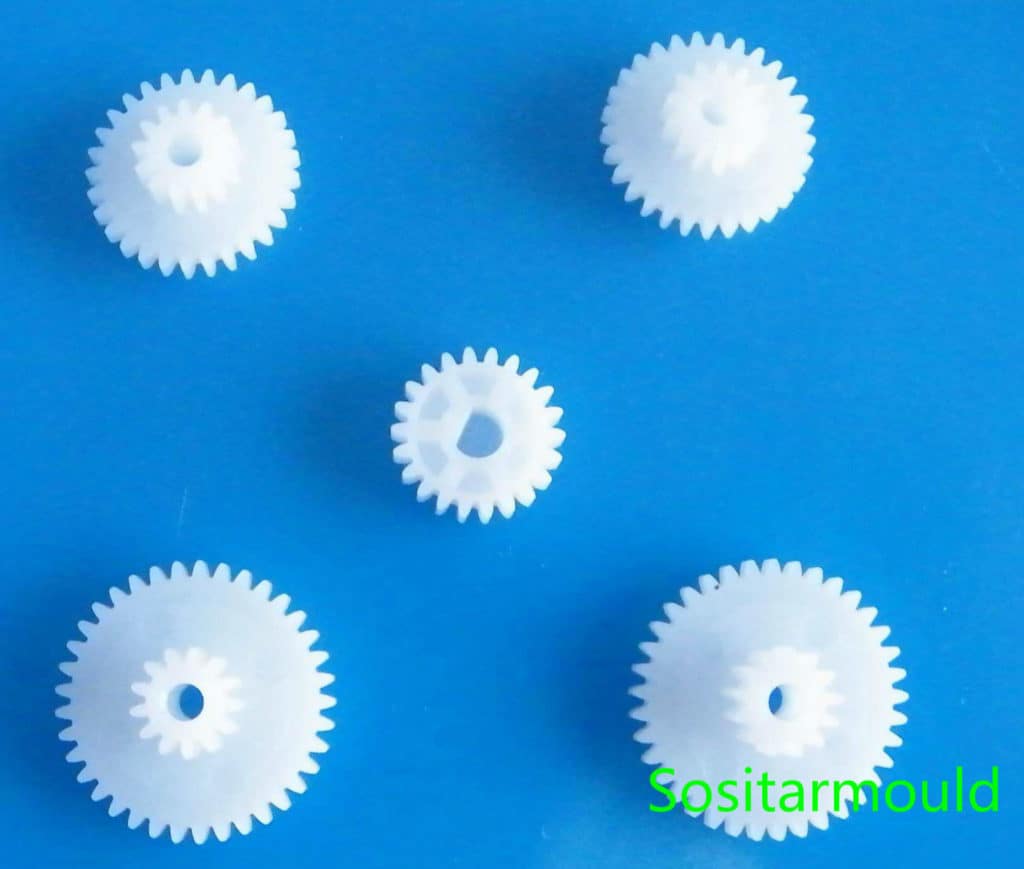Development History of POM
1. Around 1955, DuPont, the US obtained formaldehyde homopolymer from formaldehyde polymerization, i.e., POM-H, with the trade name of Delrin.
2. In 1960, Celanese Corporation in the US started from paraformaldehyde to produce a copolymer with a small amount of dioxolane or ethylene oxide, i.e., POM-C, with the trade name of Celcon.
What is POM?

POM, with Polyoxymethylene as scientific name, known as Polyoxymethylene or Polyacetal (abbreviated as POM), is a linear polymer compound containing [-CH2-O-] links in the main chain. It is a milky white opaque crystalline linear thermoplastic resin.
POM is a linear polymer with no side group, high density and high crystallinity, while boasting excellent comprehensive properties. It is an excellent resin developed after nylon. Its regular molecular structure and crystallinity make it excellent in both physical and mechanical properties, so it is dubbed as the metal plastic. According to the difference of chemical structure in its molecular chain, it can be divided into POM-H and POM-C.
Both POM-H and POM-C are crystalline materials. The former boasts great ductility and fatigue resistance, but is not easy to process; the latter boasts great thermal stability, chemical stability and ease of processing.
1. General Properties: It is a translucent white material with a general density of 1.41-1.43g/cm3. As a rigid, hard and elastic material, it is often referred to as the “metal plastic”, with a low frictional resistance.
2. Thermal Properties: POM has a high heat deformation temperature – that of POM-H is 136℃, and that of POM-C is 110℃.
3. Electrical Properties: It is a material with excellent electrical insulation properties, of which the volume resistivity is 1×1014Ω.cm, and the surface resistivity is 1×1016Ω.cm.
4. Fire Resistance: The oxygen index (LOI) of POM is 15%, meaning it is easy to burn, so it is not easy for the material to reach the UL94V-0 flame retardant level.
5. Weatherability: The weatherability of POM-C is better than that of POM-H. For example, the POM-C added with UV stabilizer shows better weather resistance and is more suitable for outdoor applications, with excellent thermal aging resistance.
6. Able to Resist: POM-C has good chemical resistance and is able to well resist organic grease, synthetic detergents and other chemicals.
7. Unable to Resist: Strong acids / oxidants, and concentrated nitric acids are able to quickly erode POM. Hexafluoroacetone is able to form an extremely dilute solution.
8. Hydrolysis Resistance: Excellent hydrolysis resistance, able to be used for a long time in 80℃ hot water.
Plastic Injection Molding Conditions:
1. Drying: The resin itself is very hygroscopic, so it does not necessarily need to be dried.
2. Recycled Application: Recycled POM can be used. Even if 100% of the recycled material is used for 10 times, its physical properties will basically not change, but the color will. In principle, 25-30% of recycled material is mixed with 75-70% of new material during application.
3. Thermal Stability: Put under 210℃ temperature conditions for 60 minutes before molding, the tensile strength of the molded product hardly changes, evidencing its great thermal stability.
4. Injection Molding Machine: Adopt common injection molding machines, clamping force > projected area of molded product x 40-60MPa.
5. Barrel Capacity: Product weight is usually 40-80% of the barrel capacity.
6. Nozzle and Locking System: The open nozzle can be used, but to prevent dripping, it is better to use the locking nozzle.
7. Screw: Use standard screw, with compression ratio of 2.8-3.0:1, and length-diameter ratio of 18-22:1.
8. Barrel Temperature: The melting point of the resin is about 165°C, and the optimal temperature during actual molding is 190-210°C, preferably 200-210°C.
9. Mold Temperature: The standard mold temperature is 60-80℃.
10. Injection Pressure: When setting the injection pressure, the fluidity, shrinkage and physical properties of the molded product should be taken into consideration, usually above 98MPa, while the holding pressure is 49-98MPa.
11. Injection Speed: Usually, the speed is 5-50mm/s, but the shape, wall thickness, quality requirements, runner thickness, gate size and other factors of the molded product should also be considered.
12. Back Pressure: In order to stabilize metering and prevent nozzle dripping, it is recommended to set the backpressure at 0.5-1.0MPa.
13. Screw Speed: Usually, 100-150rpm is appropriate.
14. Mold Shrinkage: The mold shrinkage rate is relatively high, which can be as high as 2-3.5%.
15. Secondary Processing: Secondary processing such as engraving, tapping, pressing, metal insert, and cutting is allowed.
Applications

1. Automotive Industry: Door lock spring, wiper motor system gear, combined switch, carburetor gasoline buoy, fuel tank cover, door lock side cover, radiator drain valve, automatic car door lock mechanism, car antenna system, remote control door mirror, etc.
2. Electronic and Electrical Appliances: Switch keyboards, buttons, audio / video tape reel power tools, gardening tool parts, electric fan parts, watch micro gears, plugs, switches, relays, cassette shafts and wheel housings, parts of cameras and other precision instruments.
3. Household Appliances: TVs, washing machines, refrigerators, telephones, radio cassette recorders, and dishwasher parts, etc.
4. Machinery Industry: Driving members such as gears, drive shafts, chains, valves, valve stem nuts, bearings, cams, impellers, rollers, sprayers, guide rails, bushings, pipe joints and mechanical structural parts.
5. Medical Industry: Cardiac pacemakers; artificial heart valves, apical vertebrae, and prostheses, etc.
